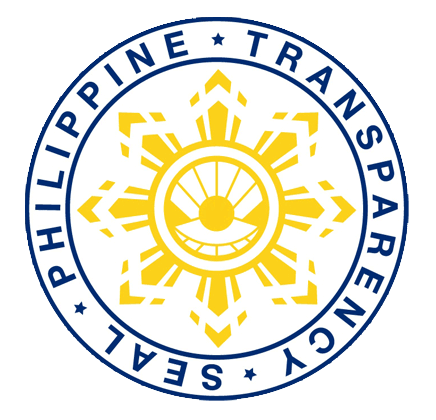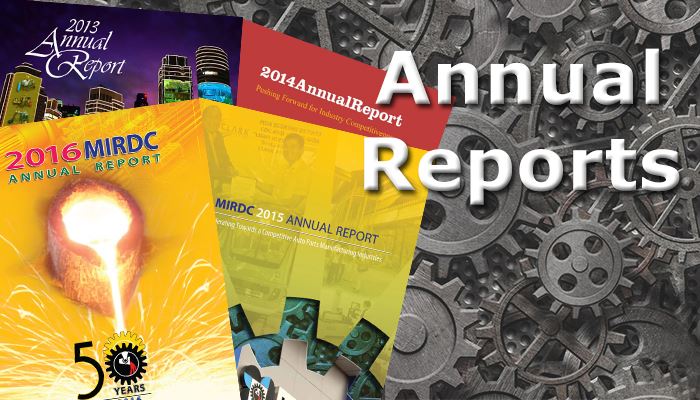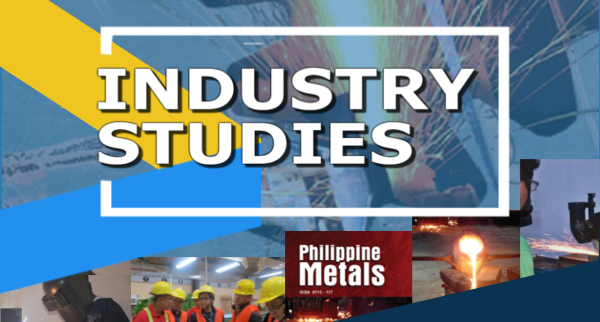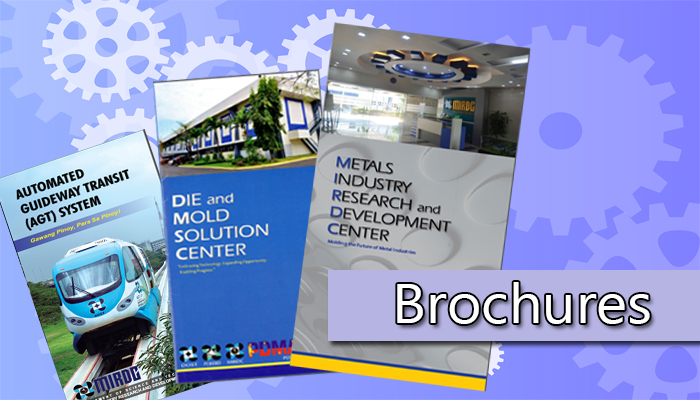DOST Delivers P10M Worth of Metalworking Machinery Each to 10 Partner-SUC
by: Ella Vanesa L. Lopez
DOST continues to help Filipinos see where our taxes go.
The Department of Science and Technology, through the DOST-Metals Industry Research and Development Center (DOST-MIRDC), started the delivery of metalworking machinery valued at approximately P10 million for each of the 10 state universities and colleges (SUC) across the country. This is a significant milestone under the Metals and Engineering Innovation Center (MEIC) project.
The MEIC project envisions more research and development activities and outputs in the regions. To realize this, MEIC facilities established in various regions will offer design and fabrication services. Similar to DOST-MIRDC, these MEICs will also offer other technical services to the industry, including training, consultancy, and facility use.



Some of the delivered machinery at the MEIC-BiSCAST last March 2, 2024.
What is the inspiration behind this goal of the MEIC? A study conducted by DOST-MIRDC revealed that 98% of companies in the M&E industry in the regions still use conventional equipment. Through the MEIC, the academe and the industry will gain access to more advanced technologies - capable of producing a variety of products with improved quality. These include a hydraulic press brake, hydraulic shearing machine, sheet metal roller, electric hoist (2 tons), plasma cutting machine, horizontal bandsaw, TIG and MIG welding machines, alongside various measuring and electric hand tools.
The initial recipient of these machinery is the Bicol State College of Applied Sciences and Technology (BiSCAST) in Region V. Expressing his excitement for the project, MEIC- BiSCAST manager, Engr. Joselito A. Ruadil said, “Sa kasalukuyan, ang Region 5 ay wala pang ganitong facility na ginagamit sa research.. buti nalang mayroong MEIC, sakto sya sa purpose na makatulong sa pag gawa ng mga tools and machines para yung mga manual operation processes ng ibang SMEs ay maging mechanized.”
Next to receive the machinery are the Batangas State University, Western Philippines University, Zamboanga Peninsula Polytechnic State University, University of Southern Philippines, Mindanao State University, Surigao State College of Technology, Technological University of the Philippines-Visayas, Negros Oriental State University and, Eastern Visayas State University.
The MEIC project has a total of P176M budget. Aside from providing machinery to the MEICs, the project is implementing training programs to SUC faculty and researchers and will provide funding support for their R&D projects, particularly for the fabrication of equipment which, when adopted and commercialized, can potentially address issues in their respective communities.



Ongoing training programs on Gas Metal Arc Welding (GMAW), Gas Tungsten Arc Welding (GTAW), Shielded Metal Arc Welding (SMAW), and Metal Fabrication conducted by DOST-MIRDC from March 11-15, 2024 for SUCs under the MEIC project.
DOST-MIRDC is still in the process of establishing the MEICs and honing the skills of its staff. Eyed to be completed by early 2026, MEIC expertise and services will be accessible to local industries and other SUCs within their respective regions.
DOST Upskills Las Piñas Residents with Welding for Increased Livelihood
by Faith P. Macatangay
“Sumali ako bilang dagdag kaalaman ko, at gusto ko rin ng hands-on training experience.. Malaki ang magiging career growth [ko] sa welding,” Daniel Joseph S. Reyes, a resident of Brgy. Talon Uno, Las Piñas on his plans when he completes the free welding training program.
Residents of Brgy. Talon Uno in Las Piñas was trained in Oxy-Acetylene Welding (OAW) by the Department of Science and Technology-Metals Industry Research and Development Center (DOST-MIRDC), through its Advanced Welding Training Center (AWTC).
Mr. Reynaldo L. Dela Cruz, Jr., Chief of DOST-MIRDC’s Industrial Training Section, spearheaded the training sessions starting with a lecture on February 26, 2024 at Brgy. Talon Uno’s Barangay Hall. It was then followed by a two-day hands-on training session at the AWTC facility in the DOST-MIRDC compound on February 27 and 28, 2024 where the OAW equipment is housed.
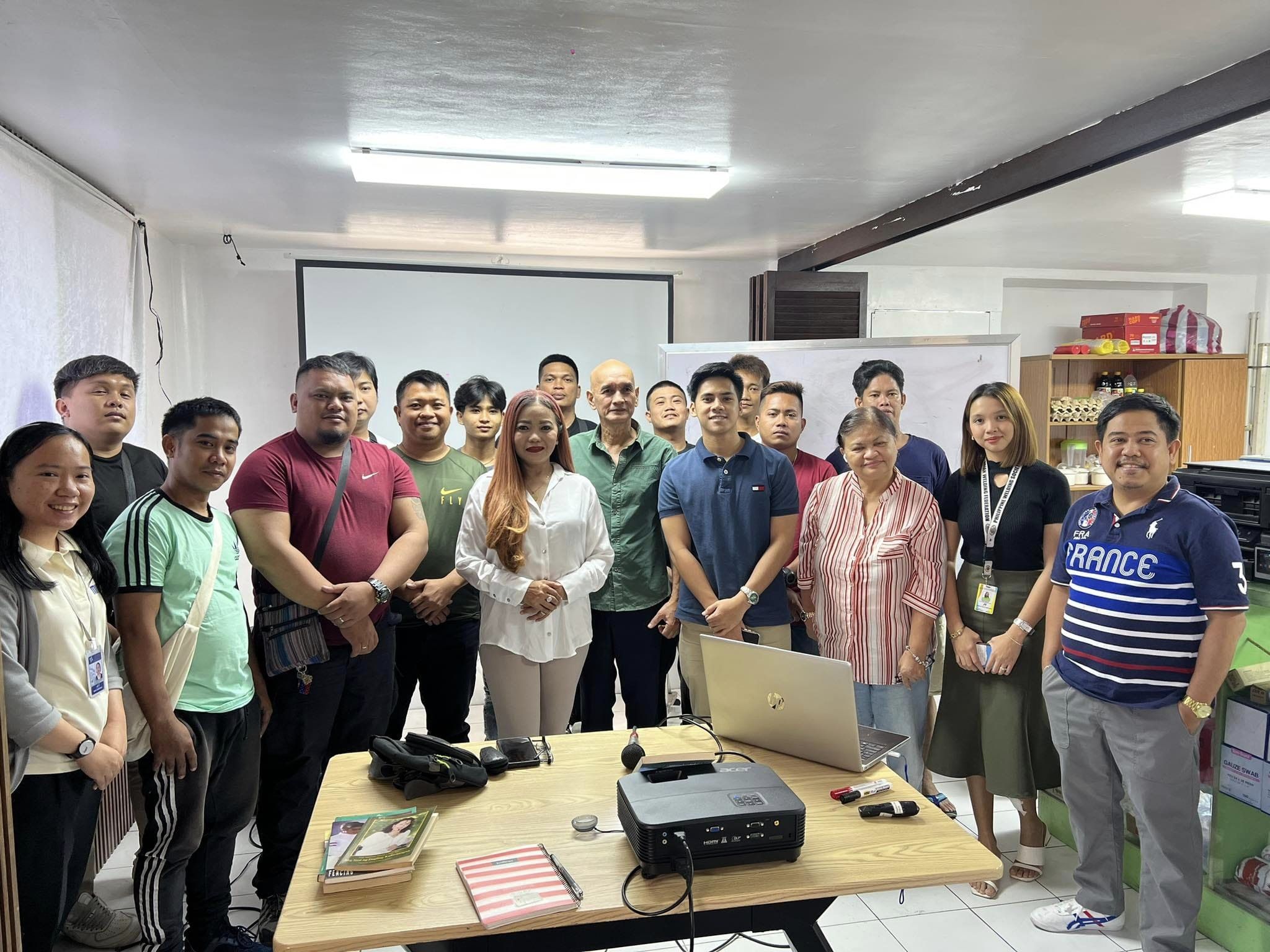
The 12 participants of the Oxy-Acetylene Welding training program, together with personnel from the Philippine Welding Society (PWS), DOST-Metals Industry Research and Development Center (DOST-MIRDC), and Hon. Irene Gallardo of Barangay Talon Uno, Las Piñas. (Photo source: Kap. Irene Gallardo Facebook Page)
“Ang layunin kung bakit natin kinoconduct ang skills program na ito ay upang sa gano’n kung guminhawa ang isa sa miyembro ng pamilyang Pilipino, makakatulong din siya sa ilang miyembro o kaibigan,” Mr. Dela Cruz emphasized on why they are continuously conducting training programs and extending them to rural communities.
The AWTC is a training hub that implements welding programs and conducts assessments or trade tests, especially for the graduates of the AWTC. This facility was established as a collaborative project between the Philippine Welding Society, Inc. (PWS), Rotary International Mandaluyong Central, and the DOST-MIRDC, and aims to bridge the gap between the supply and demand of a skilled workforce in the country.
Successfully trained participants will have the opportunity to be included in the advanced welding training programs that AWTC will also offer.
“In-demand ang welders dito at sa abroad. Hindi lang ma-uupgrade ang skills ng mga residente ng Talon Uno, may confidence na rin sila para makapag-apply ng trabado related sa welding o makapagsimula ng sarili nilang negosyo,” Analou N. Romero, Head Coordinator of Brgy. Talon Uno, shared her gratitude on behalf of their community.
For possible training collaborations and more information on the Center’s available technologies and services, interested parties may contact the DOST-MIRDC through This email address is being protected from spambots. You need JavaScript enabled to view it.. For updates on DOST-MIRDC’s training programs, follow our official Facebook page dostmirdc, and visit our website at mirdc.dost.gov.ph.
The Mold Technology Support Center (MTSC)-MIRDC continues to provide training to our industry's workforce to raise productivity and skill levels. Discover how developing new plastic products or enhancing current ones is known as Plastic Product Development. This can involve creating plastic products through design, prototyping, testing, and manufacturing for a range of markets, including consumer goods, automotive, electronics, and healthcare. You are invited to the face-to-face training for Plastic Product Development. Reserve your slot now. For reservation, click on the link below. Limited slots only.

Bicol Region Gears Up for More Innovations through BiSCAST- DOST-MIRDC Partnership and Establishment of MEIC
by Ella Vanesa L. Lopez
In a bid to strengthen the university’s focus on science, technology, and innovation, delegates from the Bicol State College of Applied Sciences and Technology (BiSCAST), led by its president Dr. Alex H. Navarroza, along with some officials from DOST Region V, embarked on a bench learning activity with the Department of Science and Technology-Metals Industry Research and Development Center (DOST-MIRDC) on February 20, 2024. The visit held importance in laying the groundwork for the establishment of the Metals and Engineering Innovation Center (MEIC) in Region V.




BiSCAST and DOST Region V delegates visit the different facilities of DOST-MIRDC: (From top to bottom) Advanced Mechatronics, Robotics, and Industrial Automation Laboratory (AMERIAL); Welding Facility; Advanced Manufacturing Center (AMCen); and Machine Shop.
Recognizing the scarcity of resources and expertise in the field of metals and engineering especially in the countryside, DOST-MIRDC is spearheading efforts to establish MEICs nationwide. These “mini-MIRDC” will serve as a local hub for research and development (R&D), extending the Center’s services to rural areas and empowering local researchers to undertake projects that directly benefit their communities.
For its first batch, five MEICs have been successfully established nationwide. Building upon this momentum, DOST-MIRDC is actively working to set up 10 additional MEICs across the country, under Batch 2 of the MEIC project. MEIC-BiSCAST is poised to serve as a beacon of innovation for Region V.
Presently, efforts are underway to equip the BiSCAST and other state universities and colleges (SUC) hosting the MEICs with essential machinery and equipment. With assistance totaling approximately P10M for each SUC, the MEIC project enabled its partner universities and colleges to utilize industry-grade metals and engineering machinery such as Tungsten Inert Gas (TIG) welding machine, Metal Inert Gas (MIG) welding machine, sheet metal roller, press brake, and hydraulic shearing machine. Additionally, training programs have been conducted for SUC faculty and researchers since the inception of the MEIC batch two project in August 2023.


Testing and commissioning of delivered TIG and MIG welding machines at the MEICs
The collaborative efforts between BiSCAST and DOST-MIRDC signify a proactive step towards fostering technological excellence and driving socio-economic development in the Bicol region. As both institutions synergize their expertise and resources, the prospect of groundbreaking innovations and transformative solutions looms large on the horizon, promising a brighter, more technologically empowered future for the region.
Dr. Navarroza expressed keen interest in forging partnerships with DOST-MIRDC, envisioning joint training programs for the faculty, on-the-job training (OJT) opportunities for students, and potential collaborations with DOST-MIRDC’s AMCen.
DOST-MIRDC’s Study Team Showcases Potential Resolutions to the Issues Faced by the SBSR Industry, as the 2023 Industry Study Nears its Completion
By James Bernard S. Herrera
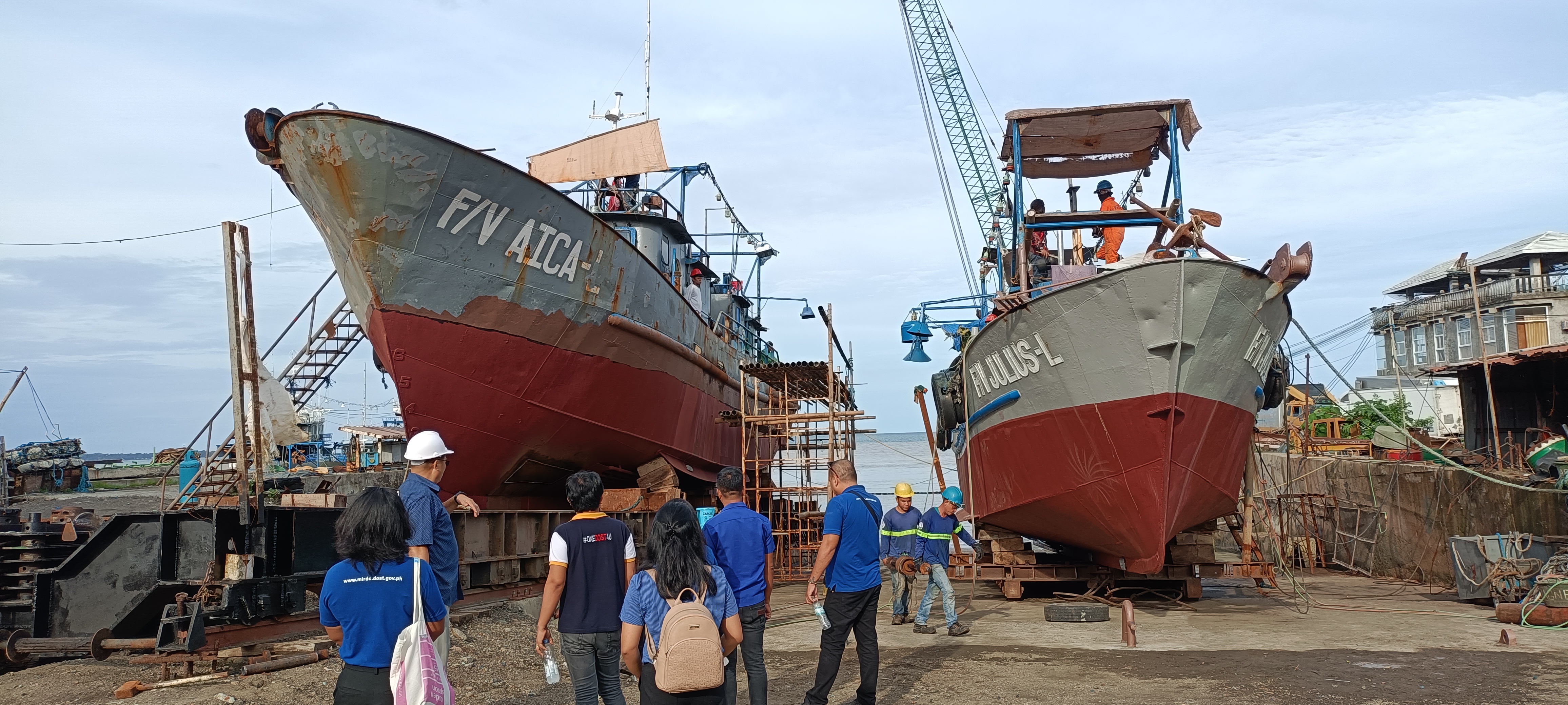
After months of consultative meetings and immersion activities with the shipbuilding and ship repair (SBSR) industry players across the country, the Metals Industry Research and Development Center (MIRDC) study team has finally pinpointed issues faced by the local SBSR industry: workforce management, technology, regulatory compliance and certification, environmental sustainability, and potential collaborations and partnerships.
The DOST-MIRDC embarked on an industry study entitled Exploring Growth Opportunities for the SBSR Industry in the Philippines in 2023. The study’s scope includes the assessment of the business landscape and the determination of the most appropriate interventions based on these assessments. In a focus group discussion (FGD) held on 05 December 2023, the industry study team led by Dr. Anthony Greg F. Alonzo, LPT, discussed the study’s findings and recommendations with representatives from shipyards and the Maritime Industry Authority (MARINA).
Regarding workforce management, shipyards are facing challenges on brain drain, a problem that is also present in other industries. Educational institutions rarely offer naval architecture courses, which is one factor why the number of graduates is quite limited to fill in the needs of shipyards.
Apart from that, while there are graduates from various sectors that specialize in skilled work that can be utilized in SBSR (technical schools and K–12 programs), most of them still lack the actual training needed in the shipyards, a statement that was agreed upon by the shipyard representatives that are present.
For these matters, recommendations mainly related to bridging the gaps between the SBSR industry and academia were presented, such as holding consultations between shipyards and education institutions to determine the most effective courses and programs. These consultations, when done regularly, will be an avenue for shipyards to direct their concerns to the academe, which is in the best position to design curriculums that will equip students with skills and competencies that better suit the needs of the industry.
Engr. Bryan V. Pulmano, Shipyard Manager of F. F. Cruz & Co. Inc., expressed his appreciation of the group’s recommendation and stated, “It’s good. For improvement, marami tayong graduates from different sectors but lacks proper training, so it’s much better na magkaroon tayo training programs specializing in SBSR.”
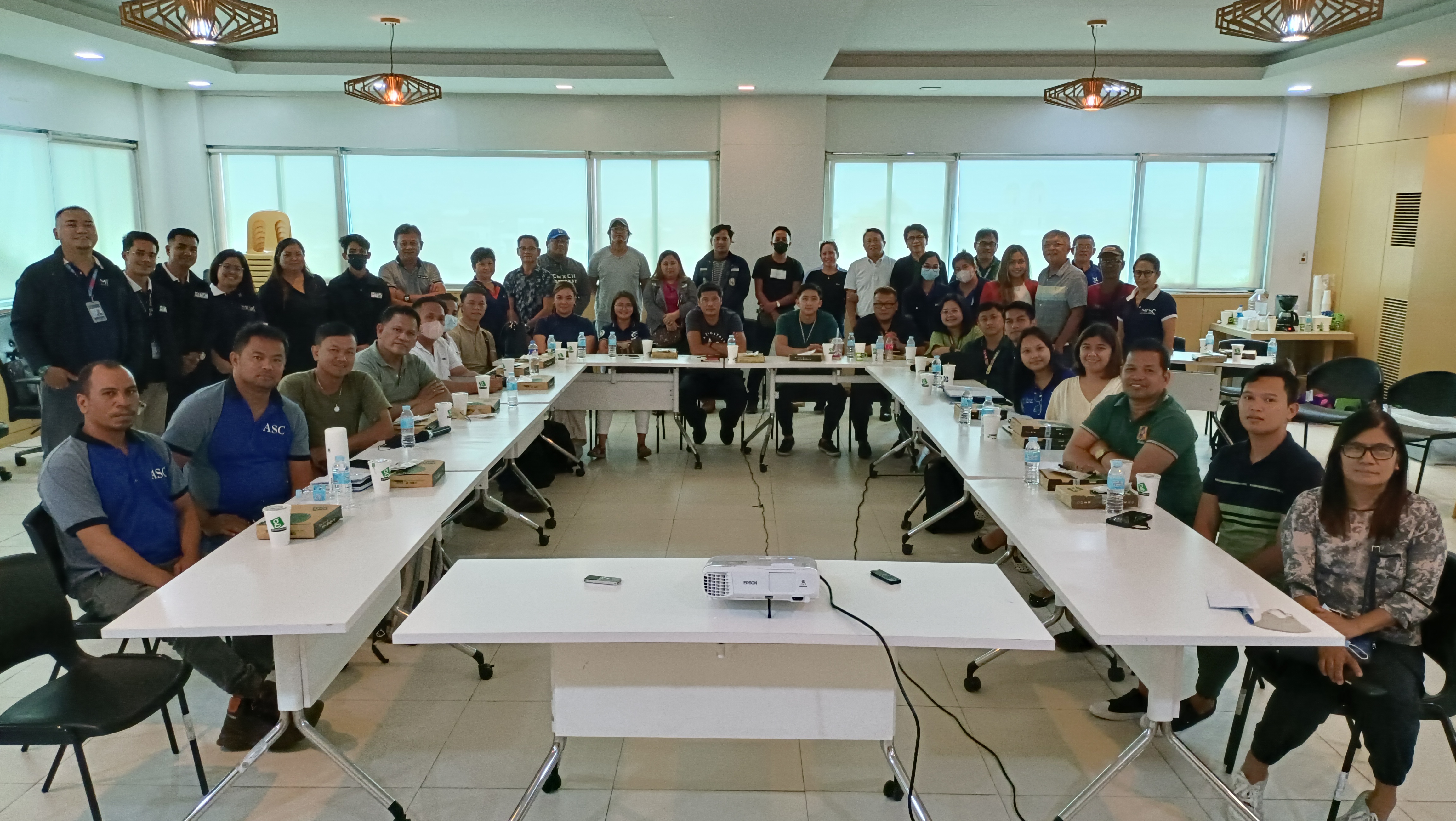
Engr. Noel G. Lucero, General Manager of Jagnee Fishing Corp., raised his concern as he responded, “Maraming graduates in other regions like Cebu because they have universities offering courses for SBSR, but here in Iloilo, wala." He then said that if the government will consider providing scholarship programs for the locals, especially for those who wish to study and work in their region rather than go to other places for education, then it will be very helpful for the industry. The industry study team acknowledged this input, which will be included as part of the study’s recommendations.
Presented next are the technology-related issues, one of which is the lack of hardware and software for ship design. While most of the industry players focus on ship repair, several shipyards still want to acquire more advanced technology for ship design, but simple acquisition will not provide a complete solution because the shipyards admit that they still lack sufficient training on these technologies.
Aside from software, one more issue regarding technology is the use of traditional machinery, where representatives expressed their desire to upgrade to use modern technology to add to the proficiency of their services. As stated by SAFI Shipyard Inc.’s Operations Manager, Victor A. Vargas, possessing new technology is bound to boost their efficiency and Engr. Lucero added that computer-aided fabrication will truly be of help in shipbuilding.
For this issue, the study team recommends the procurement of advanced software and modern machinery to boost the shipyard’s production and repair rates. Engr. Lucero interjected that SBSR industry players would greatly appreciate it if the importation of tech equipment would be tax-free, which was also noted by the presenter.
Next is the regulatory compliance and certification concern. With MARINA’s initiative to promote quality management within the SBSR industry, they now require shipyards to have International Organization for Standardization (ISO) certification. Through the course of the team’s series of consultative meetings and from the statistical report provided by MARINA, it was clear that many of the shipyards nationwide still have not acquired their certification due to their concerns of uncertainty, which were once again raised by the FGD participants.
Engr. Ben P. Beltran, General Manager of R< Shipyard and Realty Development Corp., stated that while they do appreciate that an ISO certification boosts client confidence towards local shipyards, they find that the process of obtaining certification still needs to be improved, an area that should be taken care of by the government.
Engr. Lucero added that the industry needs government assistance, especially in ISO certification training. According to him, being uncertified hinders shipbuilding opportunities. Due to a lack of certification, his shipyard was downgraded from being a shipbuilder to just performing ship repairs.
Dr. Alonzo further discussed that shipyards encountered a common situation about acquiring an ISO certification - hiring consultants for ISO training is costly yet does not guarantee a successful certification, which holds back shipyards from doing so. This is where Engr. Lucero raised a suggestion, saying, “Why not pool us together and the government can provide us with the training needed?”
With clear concerns on this matter, Dr. Alonzo informed the shipyards that the MIRDC assists companies regarding ISO certification through consultancy and seminars. This presented a possible partnership between the shipyards and the MIRDC, one that the industry may strongly consider pursuing.
Discussed next was environmental sustainability. Dr. Alonzo presented the study’s recommendation of shipyards practicing eco-friendly maritime day-to-day practices, such as regulating waste disposal to prevent the pollution of marine ecosystems. Shipyard representatives found this agreeable. Dr. Alonzo added that integrating modern and eco-friendly technology into their processes will contribute to this global cause.
Last to be discussed was the potential of collaborations and partnerships of shipyards with other institutions, such as with educational institutions for workforce management concerns, and with government agencies for various support for the continuously growing SBSR industry.
With the participants’ generous sharing of insights, the industry study team is set to finalize the write-up, which will be the final output of this initiative. Recommendations will be shared with the relevant stakeholders for appropriate and immediate action.
Watch out for the final publication of this industry study, Exploring Growth Opportunities for the SBSR Industry in the Philippines, which will be released very soon!

